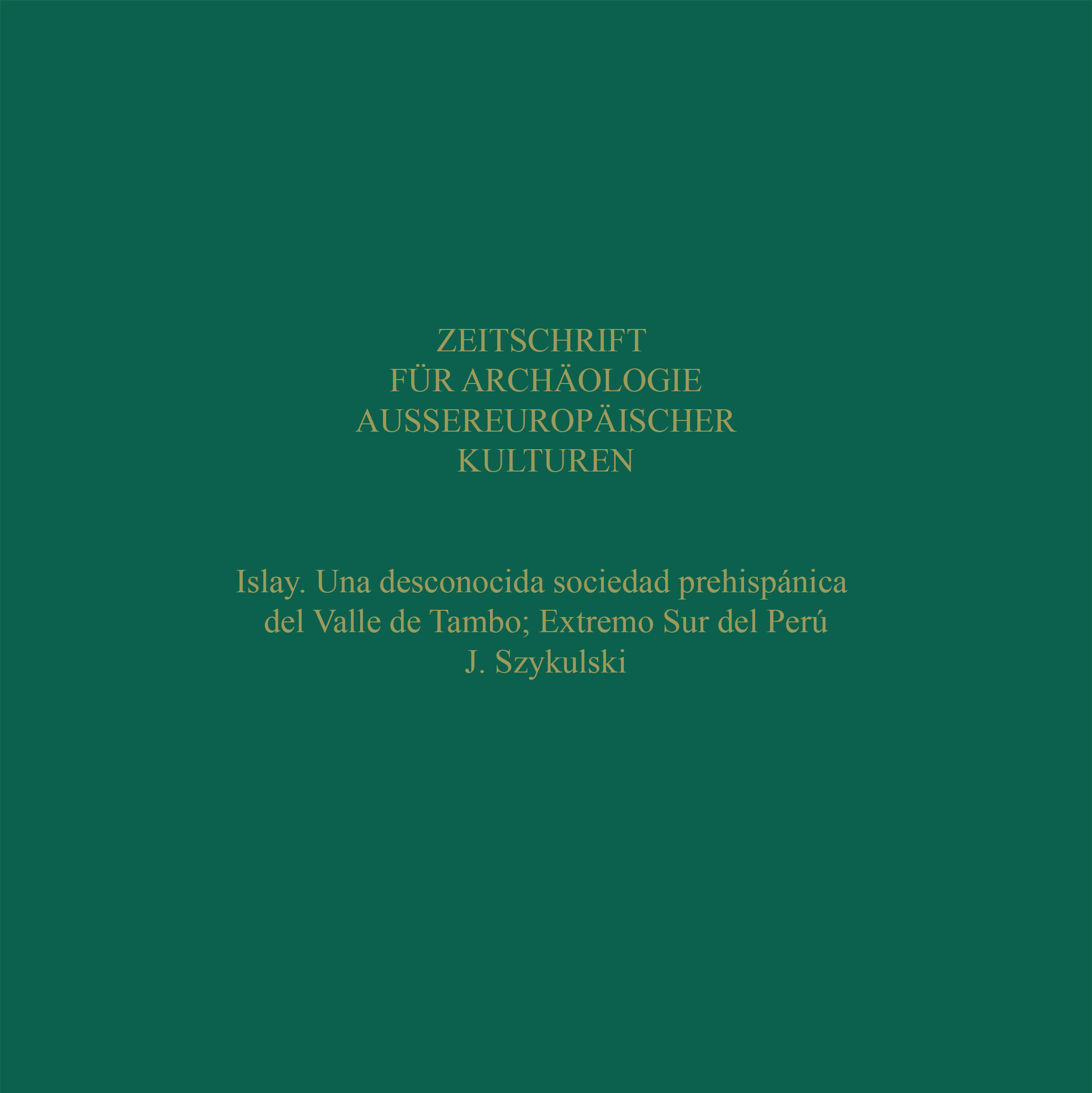Islay. Una desconocida sociedad prehispánica del Valle de Tambo; Extremo Sur del Perú
https://doi.org/10.34780/5ces-4fgs
Abstract
Between 2008 and 2015 the University of Wrocław (Poland) conducted a research project in southern Peru. During the excavations carried out on the left bank of the Tambo river delta a pre-Columbian cemetery was discovered with never before recorded in this region forms of burials. Those hitherto unknown archaeological materials are defi ned as Islay (style/culture). Its name derives from the eponymous province of Arequipa department located on the lower course of the river Tambo. Due to climatic conditions prevailing in this region skeletons and pottery have been preserved as well as artefacts made from organic materials. For instance, burials of warriors/chiefs equipped with arches and symbols of power in the form of scepters were found. The character of vessels, its fi ring, forms, the surface treatment and ornamentation correspond to the early traditions of south Peruvian pottery (Formative). Regarding the chronology, it should be noted that the 14C dating results indicate the time range between 3th and 9th century AD, which confi rms that the type of Islay funerary contexts belong to the Early Intermediate Period and the Middle Horizon.
The article will be available as a PDF in the near future.
Schlagwörter:
Southern Peru, Early Intermediate Period, Nasca, Siguas, La Ramada, Islay, Prehispanic Peru, Tambo Valley, burials




